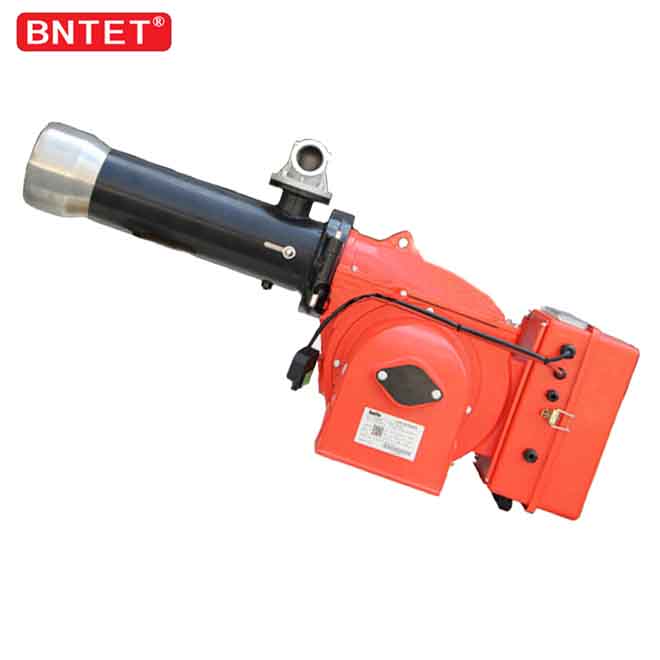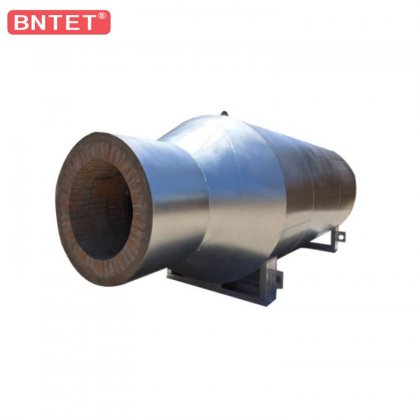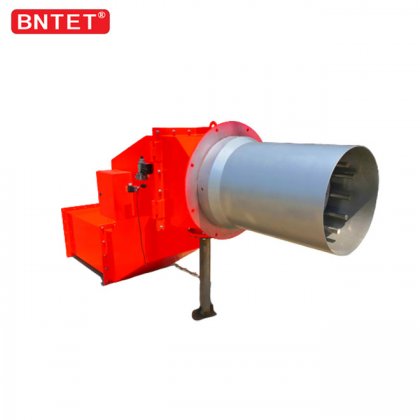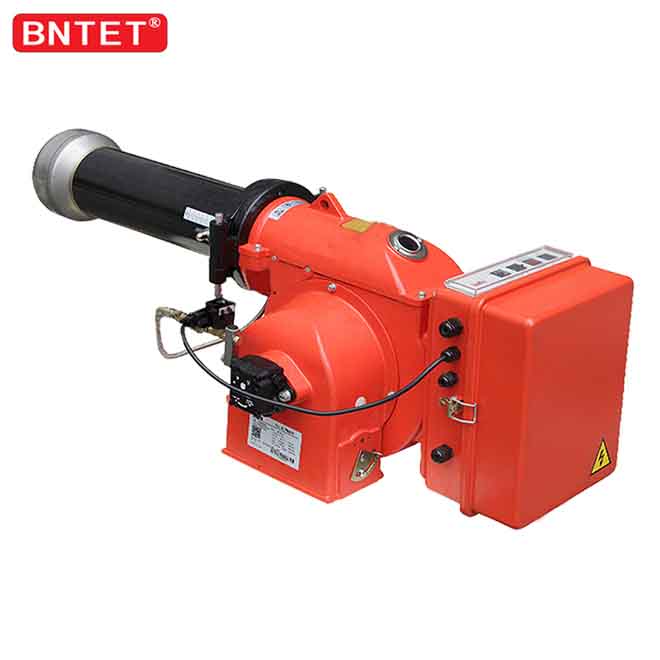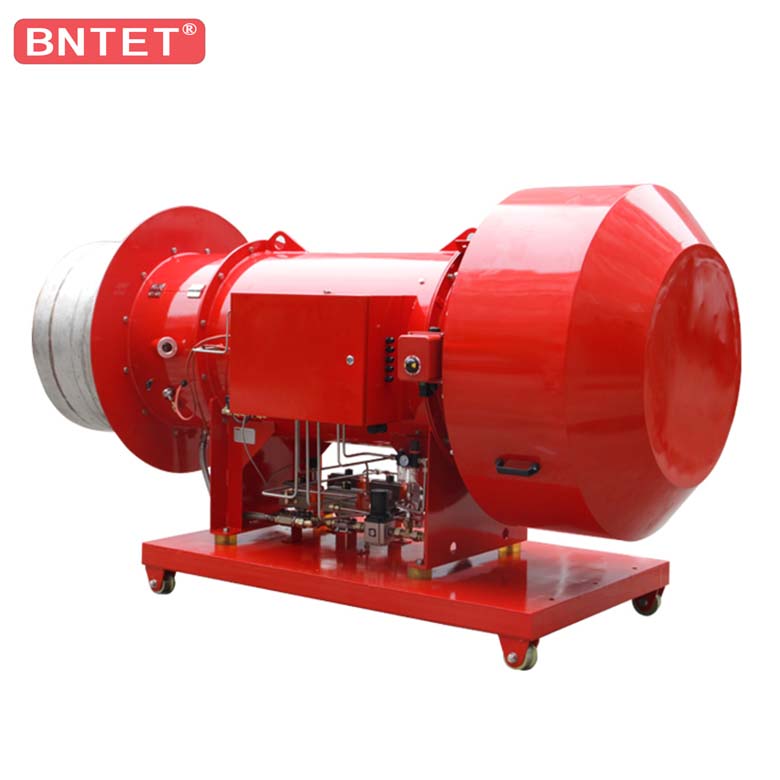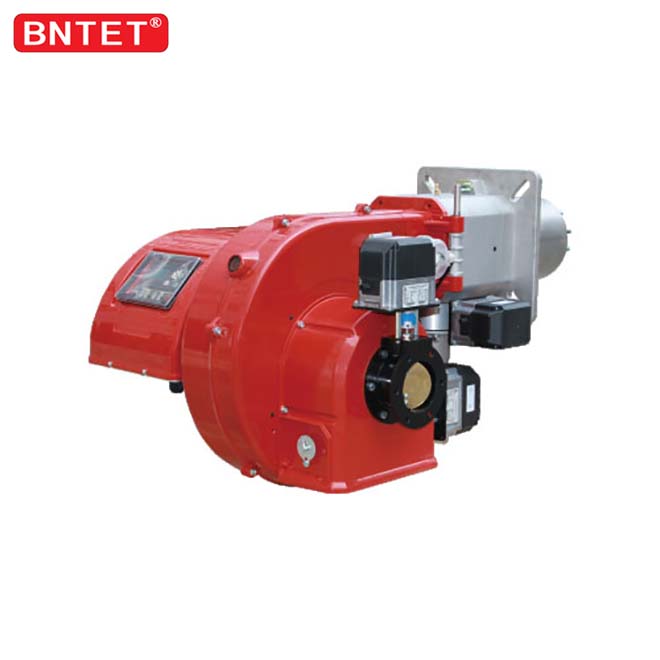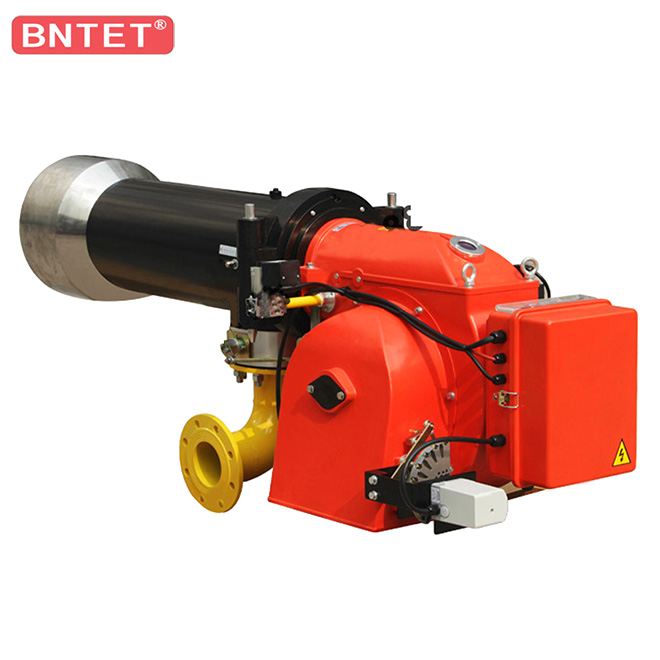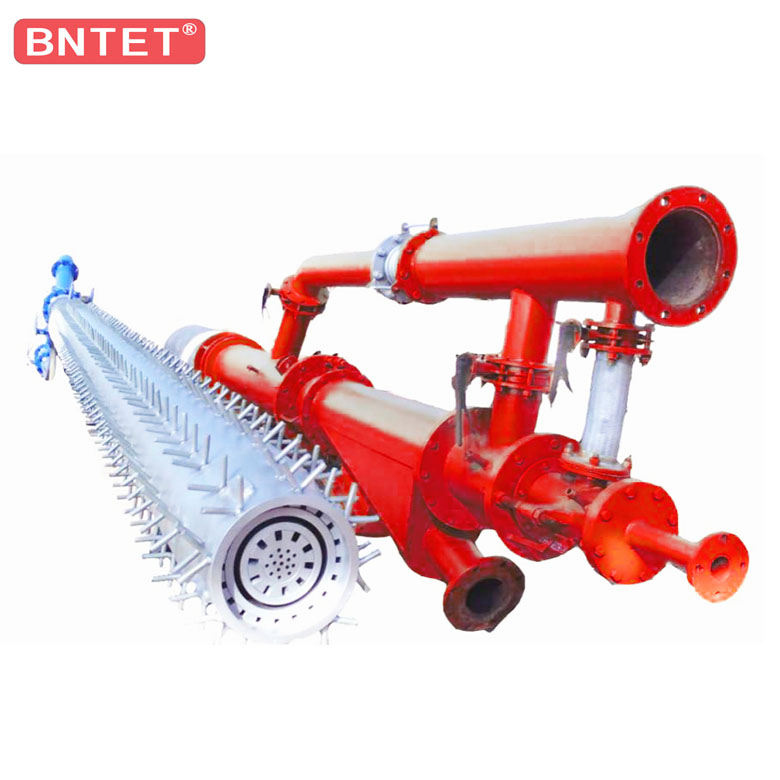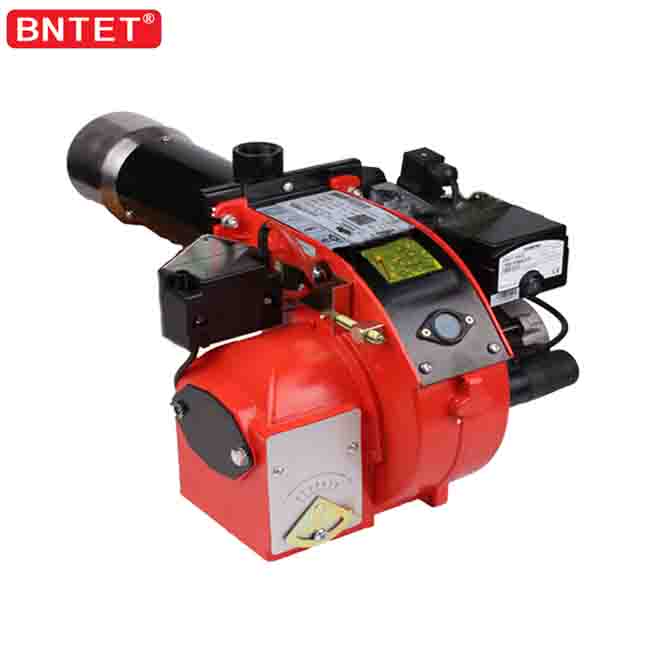
1. It can ignite normally but extinguish itself after several seconds
The typical cause of this failure phenomenon is the fouling of the flame sensor of the burner accessories.A flame sensor is a photosensitive resistor that decreases in resistance when exposed to light and increases in resistance when exposed to light.The controller in the burner determines whether the combustion process continues according to the resistance value of the flame sensor. If the flame sensor is of high impedance, the oil supply is stopped immediately to prevent the accumulation of unburned diesel oil.The flame sensor probe is located in the air duct of the burner, and its surface is easily smudged due to black smoke, tempering and air supply dust.Check the sensor probe and clean the surface with alcohol or detergent if necessary.
2. Fire is normal but exhaust smoke is abnormal
The diesel fuel injected into the burner is mixed and burned at the same time. CO2 atomization and steam exhaust are colorless when the air supply is adequate.When the air supply volume is insufficient, diesel incomplete combustion will produce CO and carbon particles, resulting in black smoke emission phenomenon.But if the intake is too high, powerful winds may blow away the oil mist that is too late to burn, creating a white haze to be expelled.
The common cause of black exhaust smoke is too small for the combustion inlet and too large for white smoke, both of which should be readjugated.During adjustment, the exhaust smoke color can be observed while adjusting the throttle opening until the exhaust smoke color is close to colorless.Exhaust smoke black smoke is another reason is bad diesel atomization, oil mist contains large droplets, can not be fully mixed with the air due to local combustion incomplete black smoke.
Causes of poor diesel atomization include:
1) Aging or blockage of the nozzle results in a serious decline in atomization capacity;
2) Too high or too low pressure of oil pump.
Of course, the atomization effect is poor if the oil pump pressure is too low, but if the oil pump pressure is too high, the injection pressure will also be low.This is because the amount of oil in the oil pump is inversely proportional to the oil pressure. If the oil pressure is too high, the amount of oil produced will inevitably decrease. Since the nozzle orifice is constant, the pressure difference between the two ends of the nozzle will decrease, resulting in oil injection and often accompanied by black smoke.According to the exhaust smoke color, the oil pressure of the oil pump can be adjusted.On the contrary, the pressure drops and the oil output rises.The normal range of oil pump pressure is 0.98~ 1.18mpa, which cannot be adjusted at will.
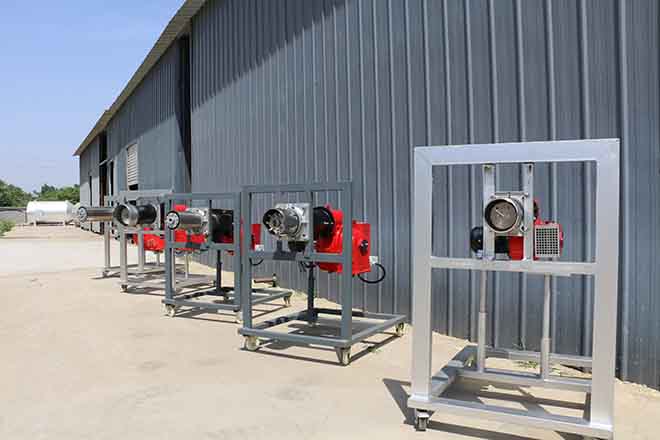
3. Unstable flames often reignite automatically after extinguishing
This phenomenon is generally the result of insufficient fuel supply.If the diesel oil is not cut off in time when the burner is working, it will inevitably lead to fire fighting.After extinguishing, the flame sensor is in a high impedance state. The controller instructs to stop the oil injection, and preblows the air for about 10s. After that, if the oil injection can be established, the burner can be re-ignited.If the diesel is still not supplied after the start of injection and the ignition fails, the controller will automatically take measures to stop the fuel injection and ignition after a delay of about 10s, and the air supply motor will stop working and light up the red warning light.After waiting for 1 to 2min, the heat delay is over, the red light can be reset manually, and the next ignition process will start automatically.
When fuel supply is insufficient, the burner is often accompanied by a "wheezing, wheezing sound" as the flame increases or decreases.At this point, the fluid in the supply line may be accompanied by bubbles that make the injection pressure unstable and the combustion unstable.In addition, when there are bubbles in the oil pipe, the operating resistance of the oil pump will increase and decrease suddenly, so that the aforementioned "wheezing, wheezing sound appears.When the fire is unstable, it is often accompanied by black smoke phenomenon, because the oil pressure cannot be established when the oil supply is insufficient, so that the diesel atomization is not good and cannot be completely burned.
Common causes of fire instability include:
1) When the suction pipe leaks, the external air will enter the oil pipe and form bubbles;
2) The suction pipe is narrow, blocked and compressed, which makes the oil road not smooth and insufficient diesel supply;
3) Filter screen of oil supply system (including inlet filter screen of suction pipe, diesel oil filter element, filter screen of oil pump, etc.) is blocked.In winter, it often happens that the oil supply system is blocked, because the fluidity of diesel oil is poor when the temperature is low, and waxes are easy to be precipitation, which obstructs the pipeline, diesel filter element, oil pump filter screen and nozzle filter screen, etc., making the oil supply system not smooth, causing fire instability or fire extinguishing.If the temperature in the workshop is low, the oil supply pipeline can be heated by a drying lamp, and the key parts such as the oil pump and filter element can be heated. In case of ignition difficulty, the inlet door can be heated to preheat the inlet air.
4. The burner is not on fire
The ignition of a burner is similar to that of an internal combustion engine with two basic conditions, one is to have well-atomized diesel fuel, the other is to have high voltage spark.The former requires sufficient oil supply of the diesel pump, and stable oil injection pressure difference can be established before and after the nozzle to form fine oil mist. The air supply during ignition should be small to prevent spark and oil mist from blowing.The latter requires the high voltage spark to have enough ignition energy, the gap between the two ignition electrodes is 3~5mm, and the insulation between the two electrodes is good, the spark can successfully skip the electrode gap and ignite the diesel oil mist.
There are several reasons why the burner does not catch fire:
1) The burner's fuel injection nozzle does not spray oil, and the possible causes are oil supply pipeline blockage, oil pump failure, oil supply pipeline vacuum leakage, etc.Remove the high pressure discharge pipe to check the oil condition of the oil pump.
There is another reason why the nozzle does not spray oil, that is, the oil solenoid valve is not energized.When the oil break solenoid valve loses power, even if the oil pump is in normal operation, the high-pressure end will not supply oil to the fuel injection nozzle. Only after the controller makes the oil break solenoid valve electrified can diesel fuel be allowed to blow out, the purpose of which is to prevent the original accumulation of diesel fuel in the furnace from deflating when it meets an open fire.Under normal circumstances, the burner carries out a pre-blow air to clean the combustion chamber of residual diesel oil, and then fuel injection ignition.In the pre-blowing stage, although the oil pump motor is running, the oil cut-off solenoid valve is not energized, and the high-pressure diesel oil pumped by the oil cut-off solenoid valve cannot reach the fuel injection nozzle.
2) When the high-voltage ignition transformer is electrified without ignition, about 8KV high voltage is generated. This voltage breaks through the electrode gap, generating a strong spark and igniting the diesel oil mist.When the flame burns stably, the spark ignition is no longer needed, and the flame sensor sends the flame status information to the controller to stop the work of the ignition transformer.First, the ignition transformer is not energized (it may be due to poor contact of the power supply line or relay in the controller).The other is that the insulation between the two thermal electrodes is poor due to carbon deposition, and the high voltage is leaked, so there is no discharge spark.The distance between the ignition electrodes should be about 3mm, and the distance between the ignition electrodes and the front face of the nozzle should be about 5-7mm. The two electrodes must be well insulated.
3) Low pressure of burner oil pump. After long-term use and wear of oil pump, its maximum pressure will gradually decrease, resulting in bad oil injection atomization and difficulty in ignition. After fire, a large amount of smoke will be emitted and the flame is unstable.The aging of the nozzle results in a similar situation of poor atomization.
